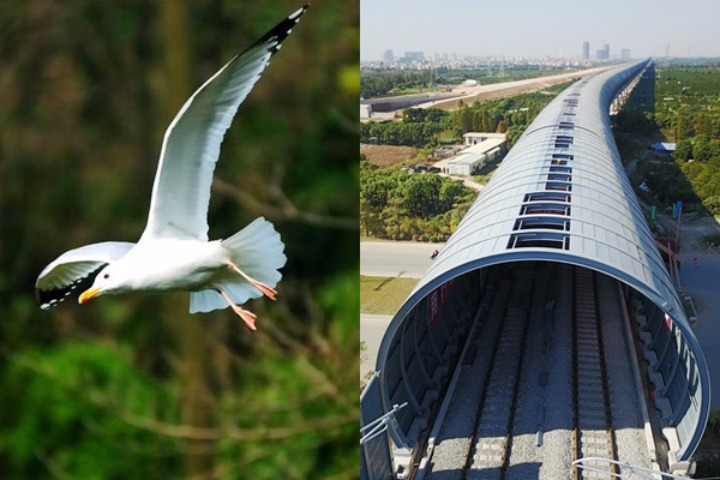Mr.Tang
Active Member
Things live in those water areas...
The selling point to these projects is actually less about funding billions of new dollars and more about streamlining regulatory red-tape that bogs things down. There will be $billions for this project at least, but what causes it to be 10x $billions is having to do a detailed process of every bog or stakeholder impacted. I have spent some time in this part of the country, and there are literally millions of ponds/bogs/streams. Can we not all accept a quantity likely in the 10's can be sacrificed for human progress? Please don't rebut with a People's Republic of China response - we need to thoughtfully recalibrate on what is an appropriate cost-benefit approach here (because we can't be California either).







